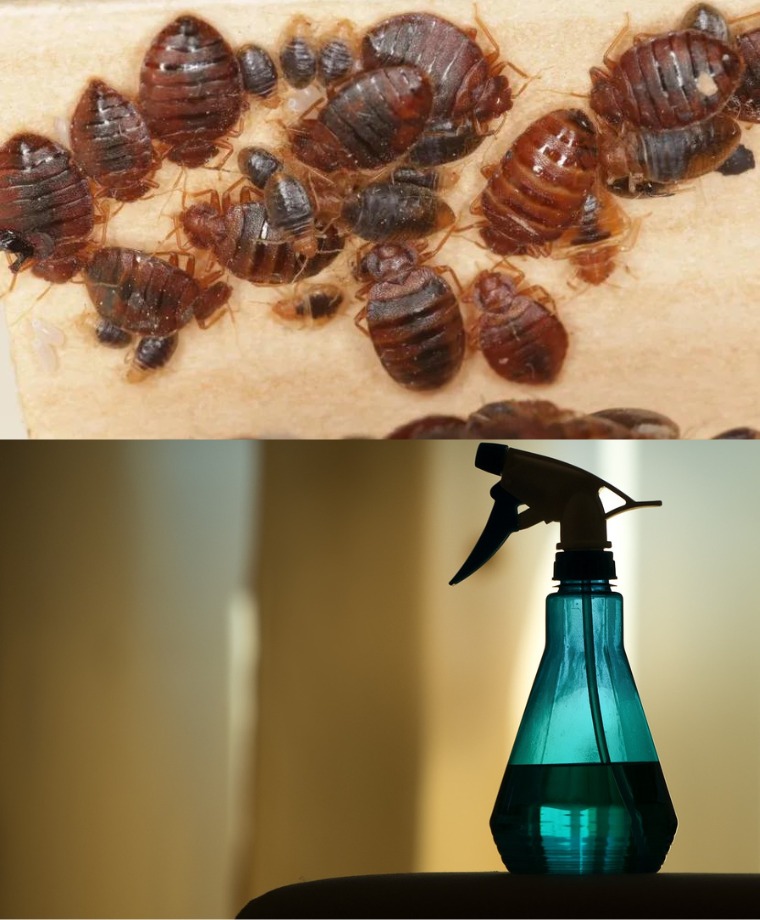- Garden damage: Large milkweed bugs can damage milkweed plants and other crops by feeding on the seeds and sometimes the leaves. This can reduce plant growth and seed production.
- Home invasion: In search of shelter, these insects can enter homes, becoming a nuisance to homeowners.
- Stains and Odor: When crushed, large bed bugs can leave stains and give off a foul odor, making them unpleasant to be around.
- Manual picking: If you have a small infestation, manually remove the insects from your plants or home using gloves. Place them in a bowl of soapy water to kill them.
- Prune milkweed plants: Trim milkweed plants to reduce the number of seeds available for insects to feed on. This can help control their population.
- Use insecticidal soap: Apply insecticidal soap to infested plants as directed on the product label. This can help kill milkweed bugs without harming the beneficial insects.
- Vacuuming: In indoor infestations, use a vacuum cleaner with a hose to suck up the insects. Empty the vacuum bag or container quickly.
- Seal entry points: Seal any gaps or cracks in doors and windows to prevent insects from entering your home.
- Natural predators: Encourage natural predators such as birds, spiders, and beneficial insects to help control milkweed bug populations.
- Consult a pest control professional: If infestations persist and become unmanageable, consider consulting a pest control professional for help.
ADVERTISEMENT
The large milk bug (Oncopeltus fasciatus), known as “large milk bug” in Spanish, “cimice delle piante da latte” in Italian, and “percevejo da planta do leite” in Portuguese, is an interesting insect, but it can sometimes become a nuisance in gardens and homes. In this article, we will explore the characteristics of this insect and discuss effective methods to get rid of them.
Characteristics
The cotton bug is a characteristic, orange-red insect with black spots. It has an oval body and measures between 10 and 12 millimeters in length. These colors serve as a warning to predators, indicating that it is toxic due to its diet of milkweed plants.
Why Get Rid of Big Milkweed Bugs?
Although these insects are ecologically important, as they feed on milkweed plants and contribute to pollination, they can become a problem when they invade gardens or homes in large numbers. Some reasons to get rid of them are:
How to Get Rid of Big Milkweed Bugs
Here are some effective methods to control and get rid of milkweed bugs:
Conclusion
Although large milkweed bugs are beneficial in their natural habitat, they can become a nuisance in gardens and homes. By employing these methods, you can effectively control and get rid of these insects while minimizing damage to your plants and the environment. Remember to choose the most appropriate method for your specific situation and always consider the ecological impact of your actions.
ADVERTISEMENT
ADVERTISEMENT
